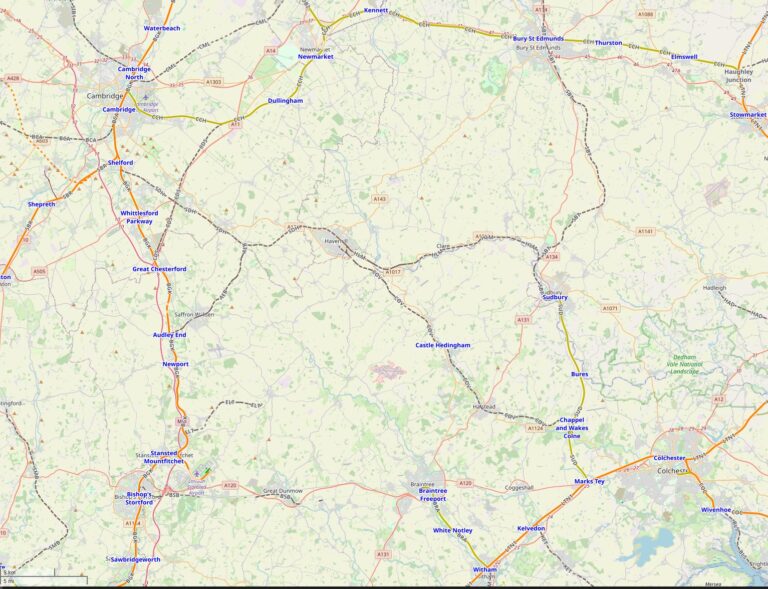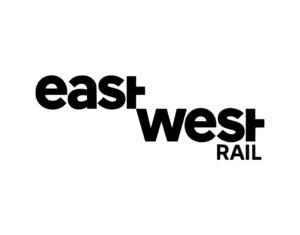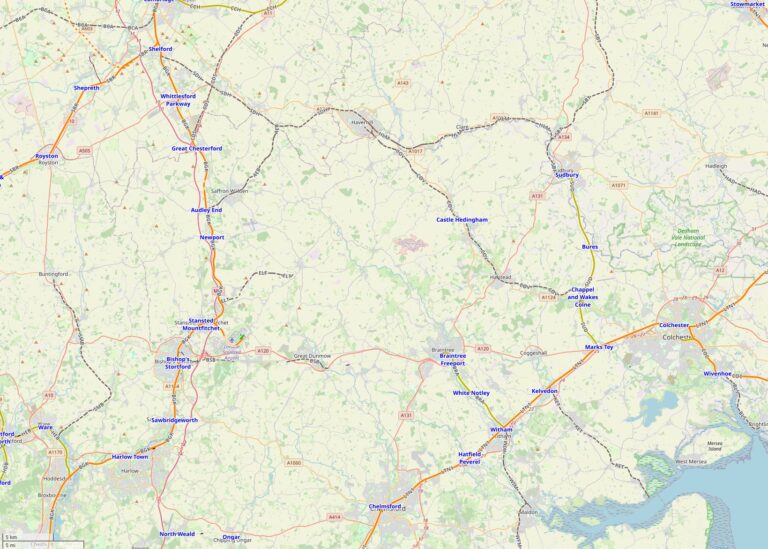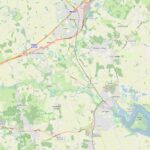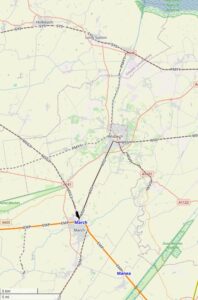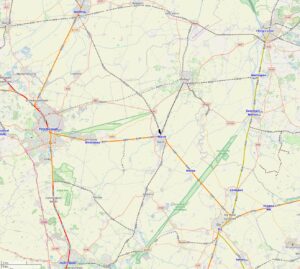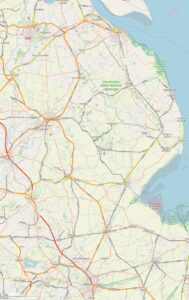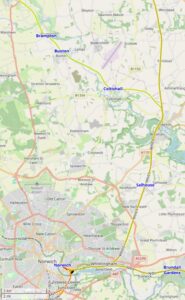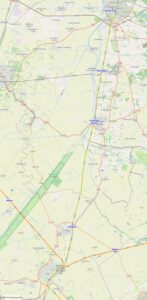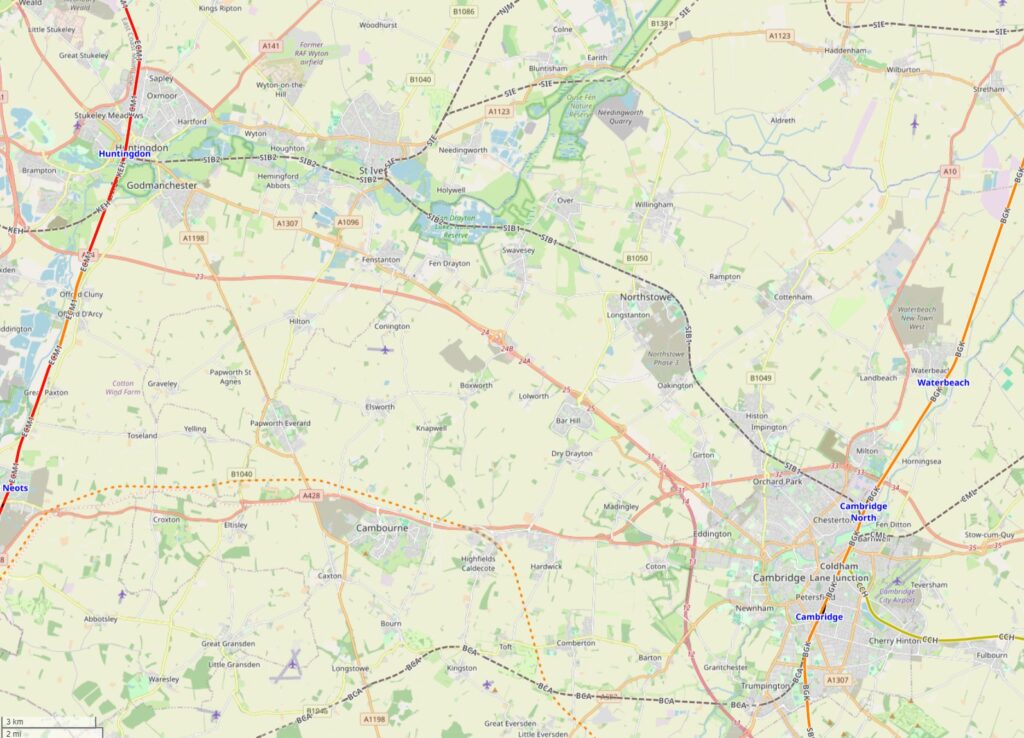East Anglia BRTA Study
BRTA’s overview of rail re-openings, capacity enhancements and new stations in the region.
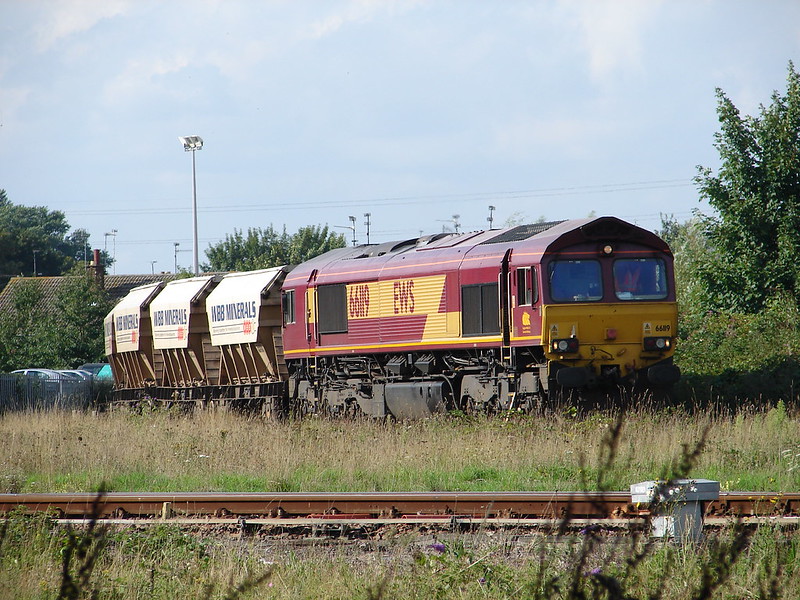
Regenerating local economic growth
Reconnecting communities, enhancing accessibility and inclusion
Reducing road congestion and pollution, improving our environment
promoting quality of life and health
Cambridge – Haverhill – Sudbury – Colchester
This will provide a rail link between Cambridge and Colchester, connecting the Kings Cross / Liverpool Street – Kings Lynn and the Liverpool Street – Norwich lines.
Crucially, it will also include both sizable and growing Haverhill (pop. 27,500), disconnected from the rail network since the mid 60s, and Sudbury (pop. 25k), which lost rail connection to the west and north in 1967.
We campaign to have the railway double-tracked. This will provide Haverhill with fast, safe, sustainable, high-quality public transport links to jobs, healthcare and leisure in Cambridge – providing a strong alternative to road traffic.
East-West Rail
We go into details of what we think East-West Rail should look like here.
The service also needs to be extended into East Anglia to both Ipswich and Norwich with semi-fast trains. Rebuilding the link to a specification to allow freight trains across the heart of the country from both Felixstowe and Harwich is also vital.
Stansted – Braintree
The proposal to extend the railway line eastwards along the A120 corridor from Stansted to Braintree has been suggested several times over the last two decades. This would include a new Parkway Station for Great Dunmow.
The benefits would be huge, de-cluttering the A120 in a context of massive infill development. The road is accident-prone and hazardous and needs the relief a proper modern rail link can offer.
The scheme will also re-unite east and west Essex offering train travel for journeys such as Cambridge to Chelmsford, Harlow to Colchester.
Wivenhoe – Brightlingsea
The original line closed in 1964. The landlord of a pub in Brightlingsea would like to see that 5-mile rail link restored – he said “people have been talking about it for years but nobody has ever bothered to do anything about it”. The trackbed remains intact. Could it be mere apathy preventing a restored rail link offering car-free alternatives to many destinations?
March – Wisbech
The Cambridge and Peterborough Combined Authority had asked Network Rail to conduct an options assessment report to evaluate the possible ways of reopening the line. Four options were looked at, including reopening a heavy rail line (with passengers travelling towards Cambridge and Peterborough); a hybrid train and tram route; a light rail system, such as a tram; or a very light rail system.
The analysis looked at the potential costs of the options and said a heavy rail line could cost up to £230mn, with a tram line of some kind potentially costing up to £182mn. All of the options looked at were given a “very low” benefit cost ratio. But new housing developments (including Wisbech Garden Town) are taking place in the vicinity and would include additional passengers. Time to look again?
March – Spalding
We need to support, study, protect lands for this important March – Spalding rail link, which closed around 1982. Without it, new housing developments in the area will doubtless encourage more cars which will in turn increase the congestion on the local roads and reduce air quality. Many would be car commuters accessing employment in Spalding or Peterborough which both suffer from severe traffic congestion.
The reopened rail link would cut Fenland road traffic. For rail operations, it would enable more paths on the East Coast Main Line, freeing up Peterborough for other trains. It would also link York and Cambridge/ Stansted Airport directly as a cross-country Eastern England spinal route. This would offer M11/A1 rail choice for more freight by rail including container traffic to / from Felixstowe and Harwich.
Boston – Grimsby
This reopening would become a direct second route for London, East Anglia, Cambridge, Stansted, Peterborough journeys. It will also offer many additional benefits including:
- more choices of transport mode
- sustainable growth and development
- less road reliance, demand, wear, tear and costs
- feed existing rail lines
- enable more freight by rail plus growth of the port and resorts accessibility
- diversification of employment prospects with shorter journey times in the region
Kings Lynn Line
Kings Lynn Line re-doubling must be carried out to enable more trains. This should include exploration of linking the port for freight by rail.
At the south of the railway, near Ely, BRTA campaigns for a south-west direct curve for Peterborough-Kings Lynn, saving the change at Ely and enabling a more diverse set of rail services to serve the Kings Lynn corridor.
At Ely, a proposed rail-freight bypass off the Soham Line should not be allowed to block these ideas. Rather it should have a double track span over the Kings Lynn Line which takes a double track formation and expansion into consideration at the design stage.
Kings Lynn – Hunstanton
A local steering group would like to see the line to Hunstanton rebuilt as a fully-fledged part of the national rail network. The A149 between these two towns suffer heavily from road traffic congestion, particularly on summer weekends.
Much of the trackbed remains intact, although some buildings have encroached on the formation in several places. At Kings Lynn a southern ‘triangle’ would give access for direct running to the seaside resort as well as offering Stansted – Cambridge – Hunstanton links. Commuters would also benefit from this rebuild. We say get behind the scheme.
Kings Lynn – Middleton Towers
At present a freight-loading point for silica sand from a nearby quarry at Middleton Towers uses this 4-mile branch to Kings Lynn. Middleton Towers station has survived largely intact and new housing developments in the vicinity must be offered a car-free alternative. An easy win which we support wholeheartedly.
Ely – Bury St Edmunds
The Ely – Bury St Edmunds Line needs re-doubling and a second platform added to Soham Station. BRTA, along with others, have called for this for many years.
With a south to west curve at the Newmarket end, a second Ely – Cambridge commuter feed railway would be available, off the Soham line.
Cambridge – St. Ives
We recommend that re-railing the former Cambridge – St. Ives railway is kept under review. Our view is that the guided busway was always a half-baked idea and it is no substitute for a proper, integrated railway.
Linking to Huntingdon would be favourable. Cambridge North sits on former Chesterton Junction but it is quite possible an arrangement akin to the Watford – St Albans line could be considered to provide connection options out of Cambridge.
If East-West Rail get their way, Cambridge will be linked to Oxford by direct rail as well as interim principal places like Bedford and Milton Keynes (Bletchley).
Lower Thames River Crossing
No more road chaos.
This must be made rail-based linking Kent with Stansted and East Anglia by rail, including Norwich – Canterbury – Channel Tunnel direct routes.
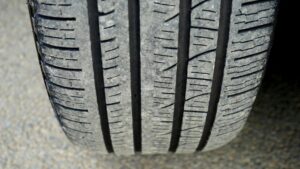
HOW TO ADD YOUR VOICE
Write in support of these reopenings to your local councillors and MP:
members.parliament.uk/members/commons
or www.writetothem.com
It’s powerful to write to your MP or councillor in your own words, telling your representative about your own beliefs and experiences and how they relate to rerailing. See below.
Join BRTA as a member to support this and other reopening campaigns
Volunteer with BRTA if you share our vision and want to help bring it about.
Donate to BRTA to help us advocate for rail links fit for the 21st century!
Think about the following questions when composing your letter to MPs / councillors:
- What journeys do you make? Work? Leisure? Appointments / visits?
What could improve the journeys you make? - Do you actively choose road over rail or bus? Why?
- Do you consider where you live to be well served by public transport?
- Do you have experience of new areas of housing and public transport?
- What are your experiences of the road journeys you make in the region?
- Have you made employment, school or relocation decisions based on journey times or access to public transport? Or on the lack of access to public transport?
- What are your thoughts on the environmental impact of your journeys?
- Do you have accessibility needs that affect journey decisions you make?
- What do you think about air pollution in your area?
- What are the most important connectivity-related issues to you? Why? Journey times? Road congestion reduction? Pollution reduction? Accessibility? Taking freight off the roads in your area? A better connected region?
- What should be done next to make relinking happen?
Our tips: - Even if your MP is not in the region, your letter provides them with an opportunity to learn about the issue and take action themselves.
- Aim for your letter to be no longer than one and a half sides of A4.
- Engage. Get your representative’s attention with a dramatic fact or short statement.
- State the problem. Present the causes of the problem you just introduced. How widespread or serious is the problem?
- Inform them about the solutions that rerailing would bring.
- Call to Action. Let them know what you want them to do about it.
- Ask for a response.

